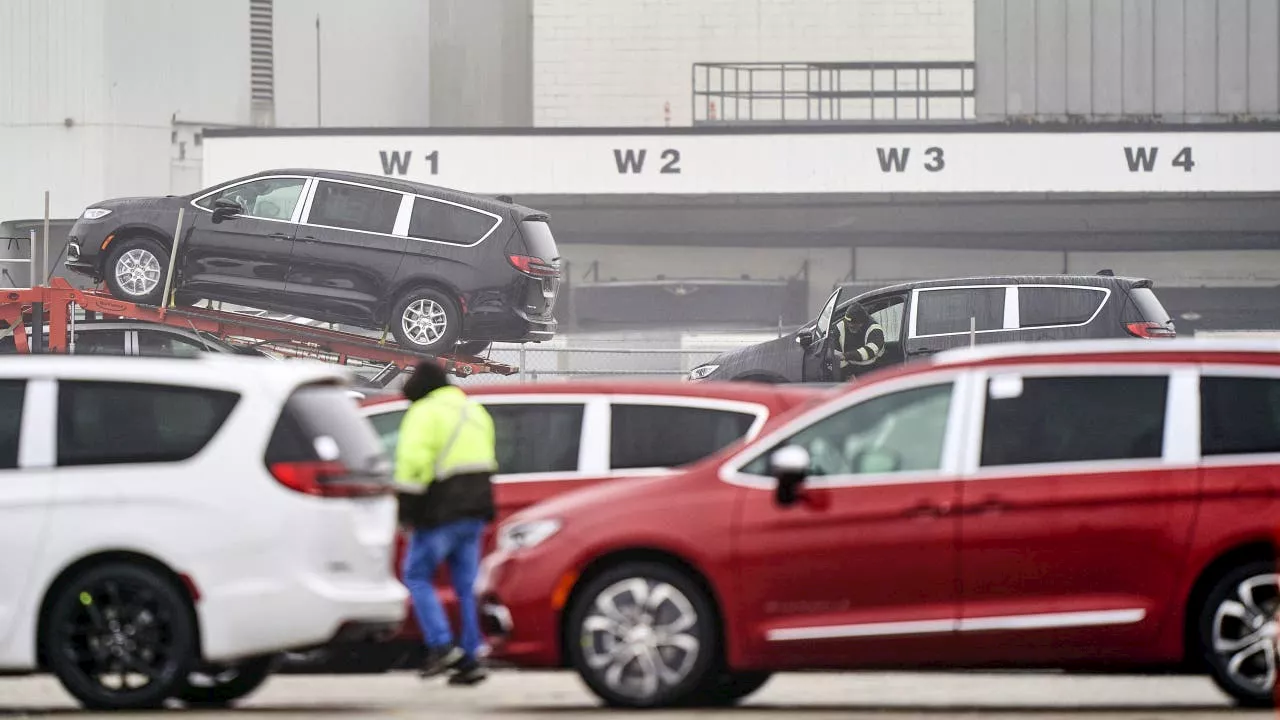President Trump's decision to implement tariffs on imports from Canada, Mexico, and China starting Saturday is expected to cause price increases for a wide range of goods, from gasoline and automobiles to agricultural products. The move comes despite Trump's promises to curb inflation and represents a departure from the trade agreement he negotiated with Canada and Mexico.
President Donald Trump is set to implement tariffs on imports from Canada , Mexico, and China starting Saturday. This move, confirmed by White House Press Secretary Karoline Leavitt, could lead to price increases on a wide range of goods, from gasoline and automobiles to avocados, just ahead of the Super Bowl. Trump will impose a 25% tariff on imports from Canada and Mexico, effective February 1st, and a 10% tariff on Chinese imports starting on the same day.
Leavitt stated that the president is resolute in his decision to implement these tariffs, leaving any potential rollback to his discretion. The tariffs carry both political and economic risks for Trump, who is only two weeks into his second term. Many voters supported the Republican candidate on the promise of curbing inflation, but the possibility of tariffs could trigger higher prices and disrupt crucial sectors like energy, automobiles, lumber, and agriculture. Shortly after Leavitt's announcement, the S&P 500 stock index experienced a significant decline, erasing its daily gains. Tariffs are essentially taxes imposed on imported goods, usually expressed as a percentage of the buyer's price paid to a foreign seller. In the United States, tariffs are collected by Customs and Border Protection agents at 328 ports of entry across the country. Trump has repeatedly threatened tariffs to incentivize greater cooperation from countries in combating illegal immigration and the smuggling of chemicals used in fentanyl production. He has also pledged to utilize tariffs to stimulate domestic manufacturing. US tariff rates vary depending on the product. For example, passenger cars typically face a 2.5% tariff, while golf shoes face a 6% tariff. Tariffs can be lower for countries with which the United States has trade agreements. For instance, under the US-Mexico-Canada trade agreement (USMCA), most goods could move freely between the three countries, but this will change with the new Trump-imposed tariffs. Trump's tariffs represent a departure from the trade agreement he himself negotiated with Canada and Mexico during his first term. The USMCA, which Trump hailed as 'the fairest, most balanced, and beneficial trade agreement we have ever signed into law,' was intended to bring stability to North American trade, providing businesses with the confidence to invest. However, this objective has not been realized. Experts now warn that the 25% tax is akin to 'launching a grenade' into major US industries such as automobiles, oil, and others. 'You have engines and car seats and other components that cross the border multiple times before becoming finished vehicles,' explains Scott Lincicome, vice president of general economics and trade policy at the libertarian think tank Cato Institute. 'You have American parts going to Mexico to be incorporated into vehicles that are then shipped back to the United States.' Lincicome adds, 'You throw 25% tariffs into all that, and it’s just a grenade.' Major imports from Canada and Mexico include vehicles and trucks, automobile parts, crude oil, and agricultural products. It remains unclear whether exemptions will be granted for certain products, which could lead to rapid price increases for US consumers. Trump had indicated that he was considering exempting Canadian and Mexican oil imports. On Friday, he mentioned exploring a lower tariff rate on oil, potentially bringing it down to 10%, but it is uncertain if this reduced rate will be in effect when he signs the order on Saturday. Trump also hinted at potential tariffs on imports from the European Union, stating 'absolutely' that he would add tariffs to EU goods, although he did not elaborate. Under a 25% tariff, tariffs would surge from $1.3 billion to $132 billion annually on Mexican imports to the United States and from $440 million to $107 billion on Canadian imports, according to PwC, a tax and consulting firm. In 2023, the US purchased over $45 billion worth of agricultural products from Mexico, including 63% of imported vegetables and 47% of fruits and nuts. Farm imports from Canada amounted to $40 billion. A 25% tariff could significantly inflate prices. In 2023, the United States imported $69 billion worth of cars and light trucks from Mexico – more than any other country – and $37 billion from Canada. An additional $78 billion in auto parts came from Mexico and $20 billion from Canada. For example, engines for Ford F-series pickups and the iconic Mustang sports coupe originate from Canada
TRUMP TARIFFS CANADA MEXICO CHINA TRADE ECONOMY INFLATION USMCA
United States Latest News, United States Headlines
Similar News:You can also read news stories similar to this one that we have collected from other news sources.
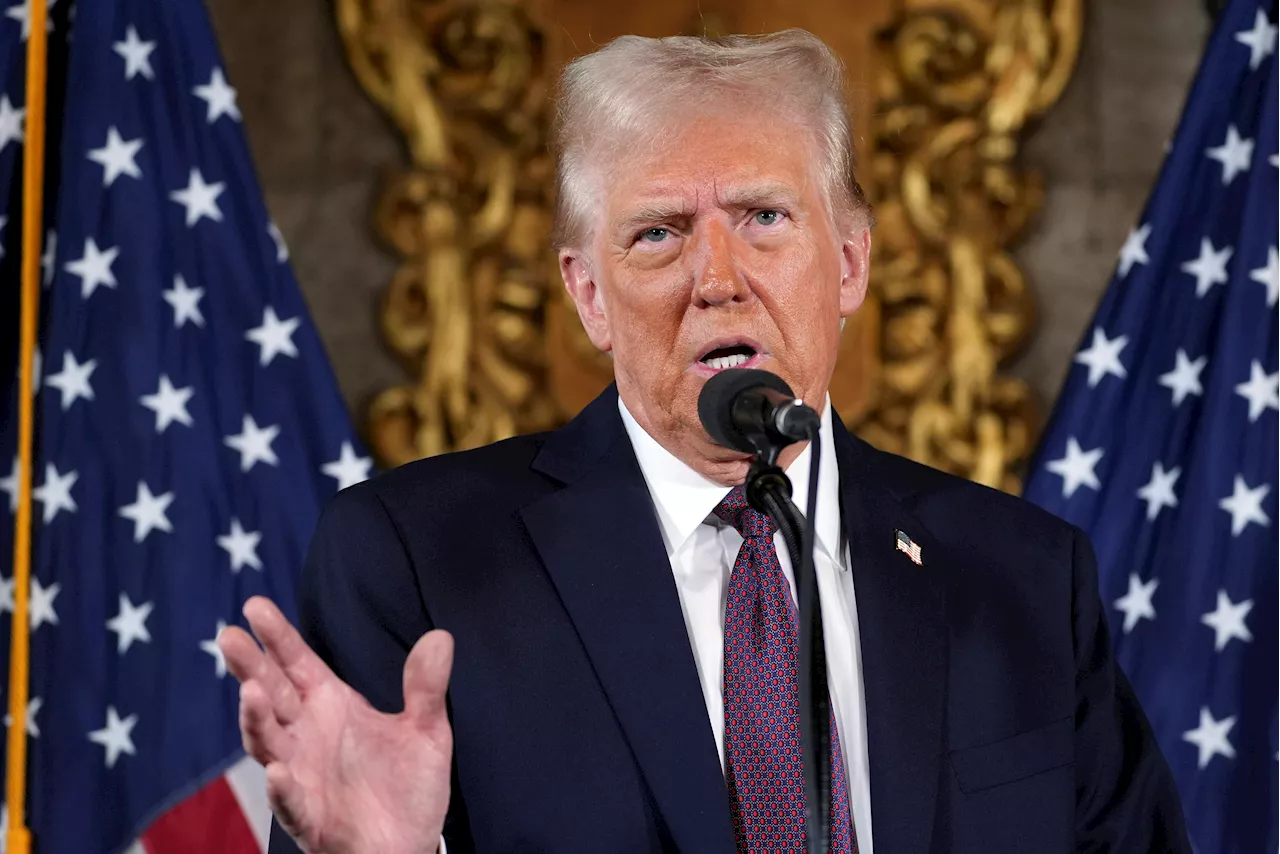 Trump Threatens Tariffs on Canada, Mexico, and Plans to Rename Gulf of MexicoPresident-elect Donald Trump announced plans for 'very serious tariffs' against Canada and Mexico, citing illegal immigration and drug trafficking. He also declared his intention to rename the Gulf of Mexico to the 'Gulf of America'.
Trump Threatens Tariffs on Canada, Mexico, and Plans to Rename Gulf of MexicoPresident-elect Donald Trump announced plans for 'very serious tariffs' against Canada and Mexico, citing illegal immigration and drug trafficking. He also declared his intention to rename the Gulf of Mexico to the 'Gulf of America'.
Read more »
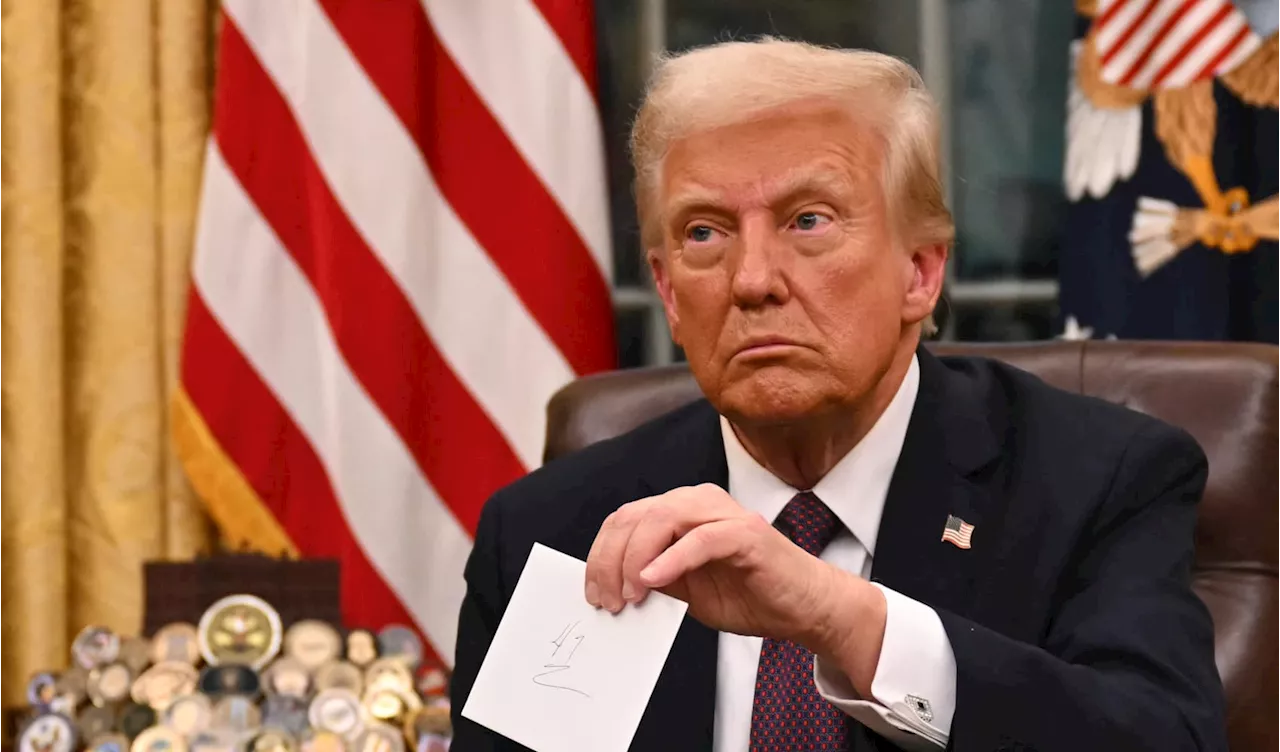 Trump Threatens Tariffs on Mexico and Canada, Eyes TikTok Penalties on ChinaPresident Donald Trump announced plans to impose tariffs on Mexico and Canada as early as February, citing concerns over immigration. He also hinted at using tariffs against China to pressure them into approving a U.S. partner for TikTok. Trump aims to use tariffs to protect American workers, encourage countries to curb fentanyl trafficking, and generate revenue for the U.S. federal government.
Trump Threatens Tariffs on Mexico and Canada, Eyes TikTok Penalties on ChinaPresident Donald Trump announced plans to impose tariffs on Mexico and Canada as early as February, citing concerns over immigration. He also hinted at using tariffs against China to pressure them into approving a U.S. partner for TikTok. Trump aims to use tariffs to protect American workers, encourage countries to curb fentanyl trafficking, and generate revenue for the U.S. federal government.
Read more »
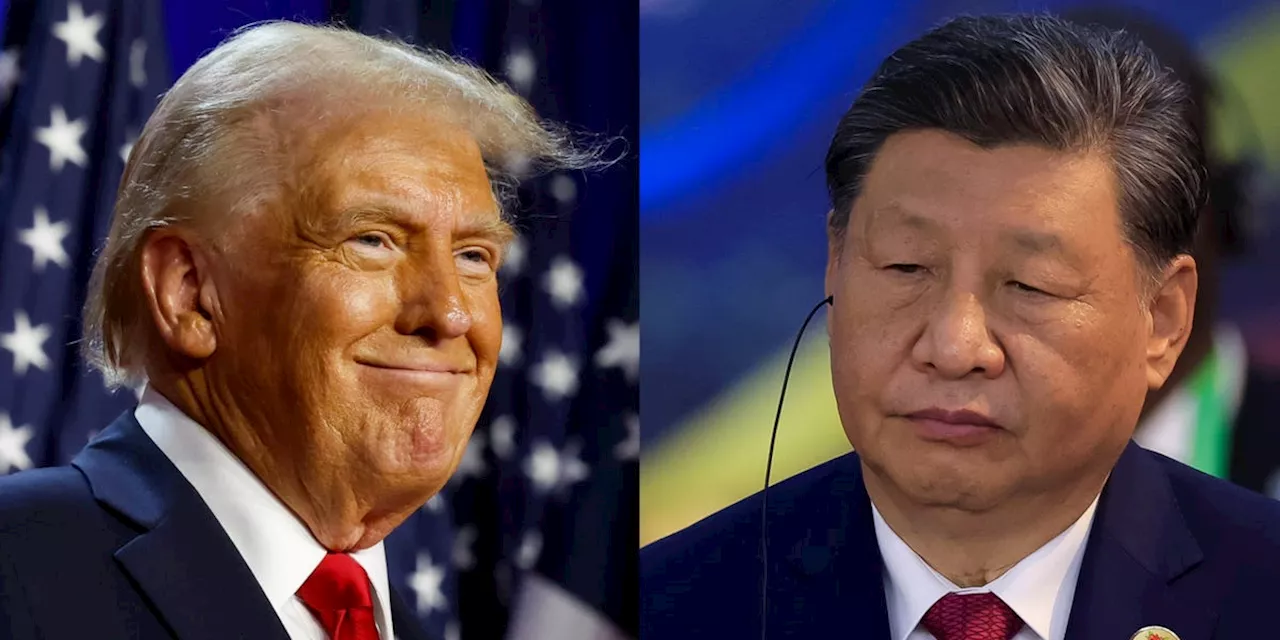 Trump Threatens Tariffs on China, Mexico, and CanadaPresident Donald Trump commences his presidency with a flurry of executive orders and trade threats, targeting key economic partners like China, Mexico, and Canada. Trump's 'American First' agenda aims to protect US interests by imposing tariffs on goods from these nations.
Trump Threatens Tariffs on China, Mexico, and CanadaPresident Donald Trump commences his presidency with a flurry of executive orders and trade threats, targeting key economic partners like China, Mexico, and Canada. Trump's 'American First' agenda aims to protect US interests by imposing tariffs on goods from these nations.
Read more »
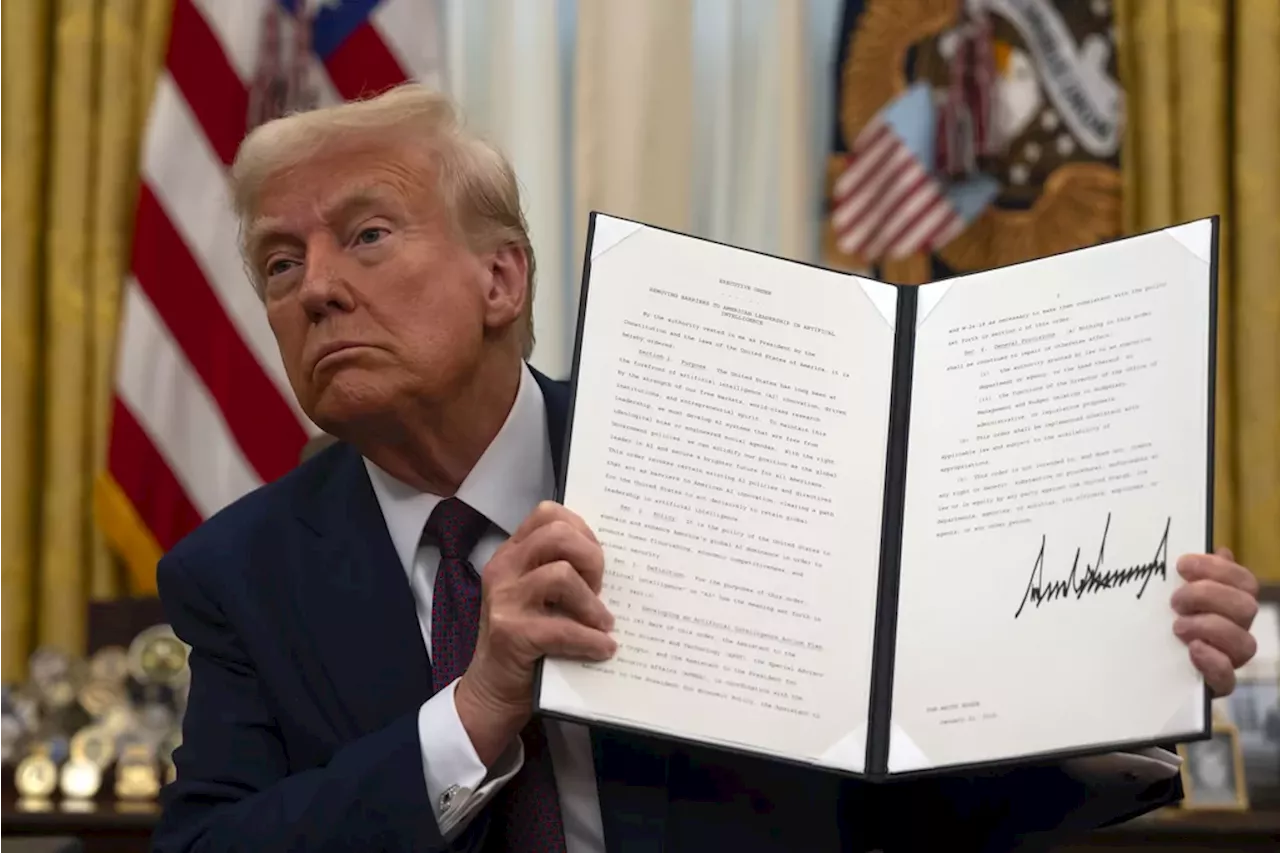 What Trump’s Colombia tariff flap means for China, Canada, and Mexico as deadline loomsPolitical News and Conservative Analysis About Congress, the President, and the Federal Government
What Trump’s Colombia tariff flap means for China, Canada, and Mexico as deadline loomsPolitical News and Conservative Analysis About Congress, the President, and the Federal Government
Read more »
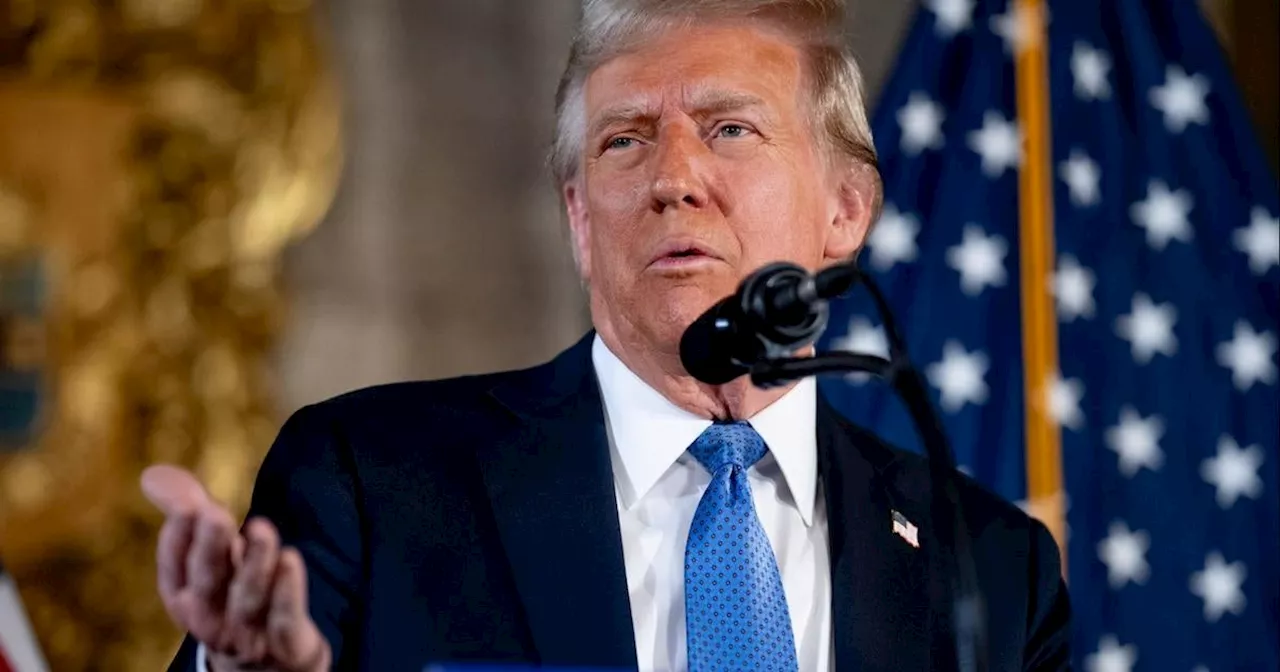 Trump May Impose Tariffs on Mexico, Canada, and China as Soon as February 1President Trump's threats of steep new tariffs against major trading partners seem poised to become reality. Economists warn of potential economic fallout.
Trump May Impose Tariffs on Mexico, Canada, and China as Soon as February 1President Trump's threats of steep new tariffs against major trading partners seem poised to become reality. Economists warn of potential economic fallout.
Read more »
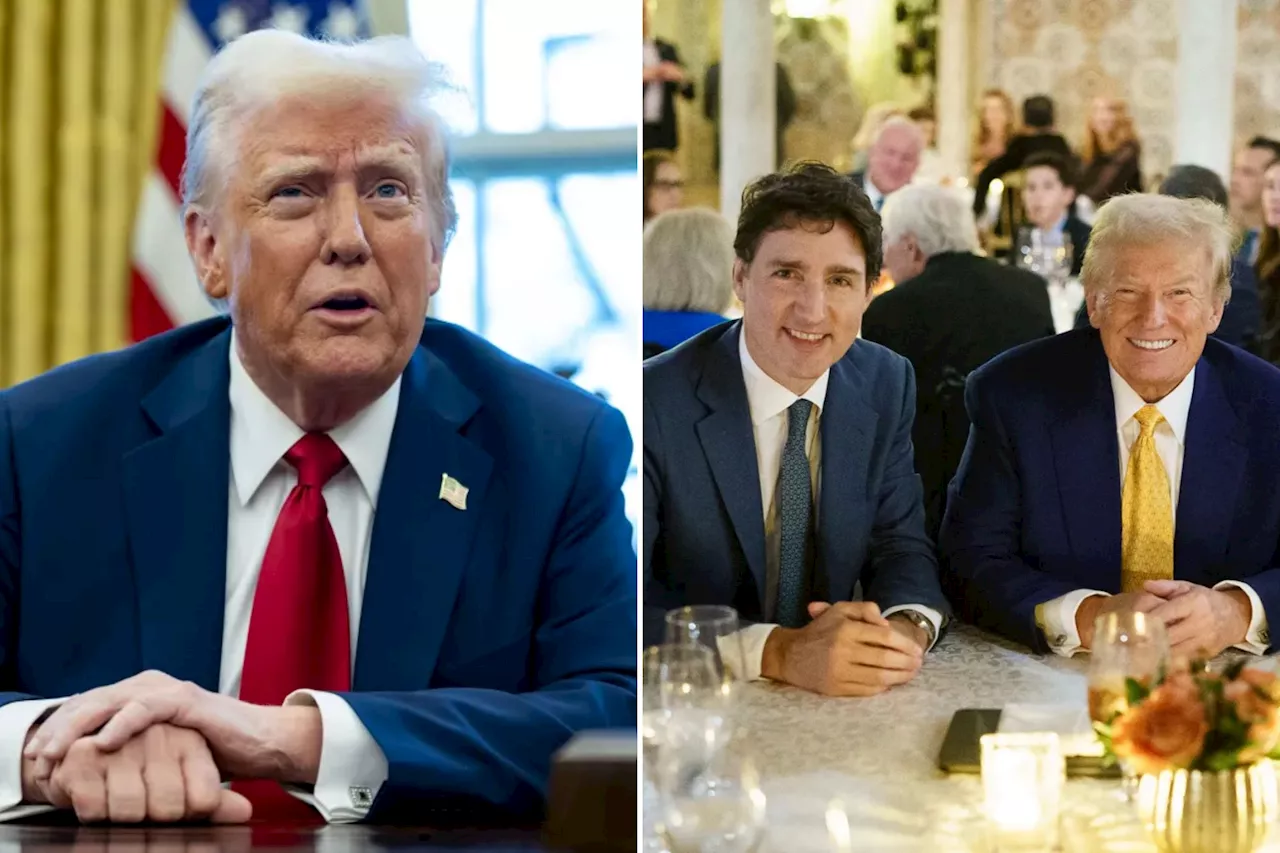 Trump Threatens Tariffs on Canada, Mexico, and ChinaPresident Trump threatened tariffs on Canada, Mexico, and China over various trade issues and the flow of fentanyl into the U.S. He claimed that these countries have treated the U.S. unfairly on trade and that he would impose tariffs if they did not change their policies.
Trump Threatens Tariffs on Canada, Mexico, and ChinaPresident Trump threatened tariffs on Canada, Mexico, and China over various trade issues and the flow of fentanyl into the U.S. He claimed that these countries have treated the U.S. unfairly on trade and that he would impose tariffs if they did not change their policies.
Read more »
